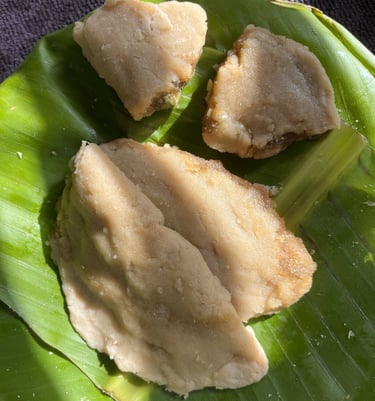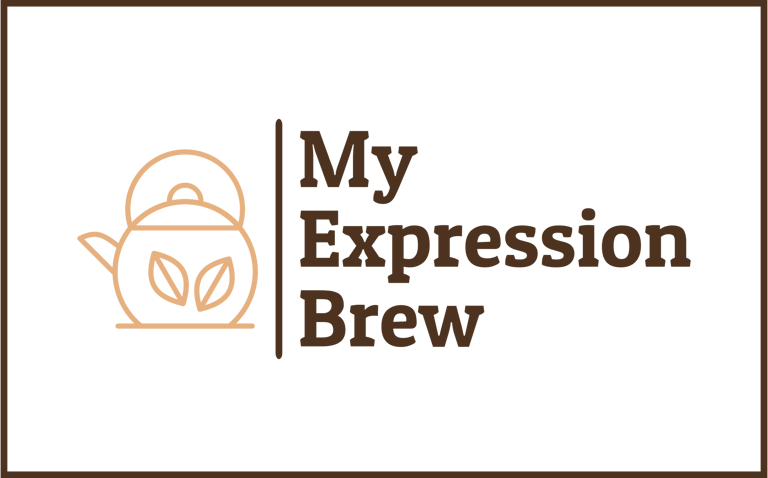Re-discovering Kerala's Ela Ada: A Delicious Treat with a Healthy Twist
The sweet Kerala Delight, made with Little Millet
FOOD
Twinkle Suri
3/28/20253 min read


Ela Ada is a revered traditional sweet delicacy from the southern Indian state of Kerala, known for its vibrant culture and culinary heritage. This dish is particularly significant during festivals and special occasions, where it often serves as a symbol of celebration and togetherness among families and communities. Ela Ada's origins can be traced back to Kerala's agrarian lifestyle, where local ingredients and traditional cooking methods have shaped the state's diverse food landscape. Culturally, Ela Ada reflects the Kerala ethos of hospitality and the importance of food in social gatherings. It is not merely a dish but a representation of Kerala's rich agricultural bounty. The use of sustainable ingredients speaks to a deeper connection with the land and traditions. Additionally, each family may have its own recipe, leading to variations in taste, texture, and presentation, thus, adding to the richness of this delicacy. As we delve further into the nuances of Ela Ada's preparation, we will uncover its diverse versions and the significance of its various components, enriching our understanding of this delightful treat.
This preparation of Ela Ada predominantly features little millet, a nutrient-rich grain that has been a staple in the region for centuries. This ingredient not only adds a unique texture but also reflects the ethos of utilizing locally available resources in traditional recipes. Little millet, an ancient staple, is increasingly being advocated as a wholesome alternative to traditional grains such as rice and wheat. This remarkable grain boasts a range of nutritional advantages, primarily attributed to its high fiber content, gluten-free properties, and rich mineral composition. By including little millet in a balanced diet, individuals can enhance their overall nutrient intake, thus promoting better health and wellness.
The process of making Ela Ada involves steaming the millet dough, which is typically filled with a mixture of grated coconut, jaggery, and cardamom, wrapped securely in banana leaves. These steps highlight the culinary practices that have been passed down through generations, preserving the essence of Kerala's culinary identity.
Ingredients:
Preparing Kerala's Ela Ada at home is a rewarding experience that allows you to savor this traditional dessert made from little millet. To begin, gather the following ingredients:
Little millet flour - 1/4 cup
Rice flour - 1/4 cup
Salt - a pinch
Water - 1 cup
Grated coconut/ coconut powder - 1/8 cup
Jaggery - 1/8 cup
Green Cardamom - 2 to 3 nos.
Clarified butter (ghee) - 2 to 3 tbsp
Banana leaves for wrapping
Preparation Steps:
In a pan, dry roast the little millet flour and rice flour separately. Put them in a plate and let them dry. Mix thoroughly after cooling.
In a mortar and pestle, take the green cardamom and pound to make a powder. You can skip this part and take cardamom powder also.
In a separate pan, combine grated coconut and jaggery. Heat the coconut powder with some ghee, roast for a couple of minutes and then add the jaggery powder and water. Add water in parts, slowly. Mix well until the jaggery dissolves completely. You may add a pinch of cardamom powder to enhance the flavor.
Wash the banana leaves and cut them into square shapes (around 6 inches). Also put the steamer on the flame.
Now, in the flours, gradually add water and mix until a smooth, pliable dough forms. Do not let it rest at all.
Immediately take a small portion and flatten it into a circle on a cut piece of banana leaf using your fingers or a rolling pin. The dough should be about 3-4 inches in diameter.
Place a spoonful of the coconut-jaggery mixture in the center of the flattened dough. Fold the dough over to enclose the filling along with the banana leaf, and seal the edges by pinching them together, forming a semi-circle or patty.
Steam the wrapped Ela Ada in a steamer for about 15-20 minutes, until cooked and firm. You can check for doneness by ensuring that the dough has turned slightly translucent.
Serve hot with ghee on top! Enjoy!
For variation, consider adding nuts or dried fruits to the filling, depending on your taste preferences. For instance, incorporating nuts such as almonds and cashews or adding dried fruits like raisins and dates can add texture and additional taste dimensions. Additionally, altering the sweetness by adjusting the amount of jaggery (or using coconut sugar) allows for customization, catering to diverse palettes.
Whether one enjoys it as a simple snack, a lavish dessert, or a festive dish shared with others, Ela Ada can cater to a plethora of tastes, making it an enduring favorite among many. Embracing these suggestions invites not just enjoyment, but also exploration and discovery within this cherished culinary tradition.
Enjoy your homemade Ela Ada, appreciating the unique flavors of Kerala's culinary heritage!


